7 Tips for Growing Better Cherry Tomatoes from Seeds
Previous PostMaking fancy salads at home regularly can be expensive if we consider the retail prices of all the exotic ingredients required. Hence, growing these ingredients at home is far more economical and exciting.
One of these ingredients is the bite-sized marvel called Cherry tomato. Cherry tomatoes are a delightful addition to any garden, known for their small size, juicy texture, and sweet flavour. These miniature gems are not only versatile in the kitchen but also relatively easy to grow, making them a favourite among gardeners. Greek salads, Cobb Salad, and Fattoush Salad are just a few of the amazing salads that make wonderful use of the cherry tomatoes harvest.
Let’s look at some secrets of growing this tasty and beautiful variety of tomatoes at home from seeds:
- Plant Cherry Tomato Seeds Once the Night Temperature is Above 10°C
- Transplant Cherry Tomato Seedlings Once They’re 5-6” Tall
- Put Stakes in Place Before Transplanting or Plant Next to a Fence
- Try Bottom Watering Instead of Watering from the Top When Growing in Containers
- Mulch Around the Plant to Keep Weeds at Bay
- Remove Sucker Branches and Leaves at the Bottom
- Harvest When the Tomatoes Are Still Slightly Green for Best Flavours
1. Plant Cherry Tomato Seeds Once the Night Temperature is Above 10°C:

Cherry tomato seeds need warmth to germinate and grow. It's essential to wait until the night temperature consistently stays above 10°C before planting the seeds. This ensures that the seeds will have a favourable environment in which to sprout and grow into healthy seedlings. Planting too early, when the nights are still cold, can result in poor germination and weak plants.
2. Transplant Cherry Tomato Seedlings Once They’re 5-6” Tall:

When the cherry tomato seedlings reach a height of 5-6 inches, it's time to transplant them into their final growing location. This size indicates that the seedlings are strong enough to handle the move and have developed a stronger root system. Be sure to harden off the seedlings before transplanting by gradually exposing them to outdoor conditions over a week. This helps the plants acclimate to their new environment and reduces transplant shock.
3. Put Stakes in Place Before Transplanting or Plant Next to a Fence:

Cherry tomato plants can grow like a bush and become quite heavy with fruit, so it's crucial to provide support early on. Placing stakes or cages in the ground before transplanting helps avoid damaging the roots later. Alternatively, you can plant your tomatoes next to a fence or trellis, which can also provide excellent support. Proper staking prevents the plants from drooping towards the ground, which can lead to diseases.
4. Try Bottom Watering Instead of Watering from the Top When Growing in Containers:

Bottom watering is an effective technique for container gardening. Instead of watering the plants from the top, which can lead to waterlogging and disease, place the containers in a tray filled with water. Allow the soil to absorb the water through the drainage holes at the bottom. This method encourages deeper root growth and ensures the roots receive adequate moisture without over-wetting the foliage. It's an excellent way to prevent common tomato problems like fungal infections.
5. Mulch Around the Plant to Keep Weeds at Bay:

Mulching is a simple yet powerful technique to keep your cherry tomato plants healthy. Apply a layer of organic mulch, such as straw, wood chips, or compost, around the base of the plants. Mulch helps retain soil moisture, regulates soil temperature, and suppresses weed growth. By keeping weeds at bay, mulch reduces competition for nutrients and water, allowing your tomato plants to thrive. It also adds organic matter to the soil as it decomposes, improving soil fertility.
6. Remove Sucker Branches and Leaves at the Bottom:

To encourage better airflow and reduce the risk of disease, it's essential to prune your cherry tomato plants. Remove the sucker branches that grow in the leaf axils (the space between the main stem and the leaves). These branches divert energy away from fruit production. Additionally, remove the lower leaves that are in contact with the soil. This practice helps prevent soil-borne diseases from splashing onto the foliage and improves air circulation around the plant.
7. Harvest When the Tomatoes Are Still Slightly Green for Best Flavours:

For the best flavour, harvest cherry tomatoes when they are firm and green and red. Picking them just before they reach full ripeness allows them to continue ripening off the vine, which can enhance their sweetness. This also helps prevent overripe fruit from splitting or falling off the plant. Regular harvesting encourages the plant to produce more fruit, leading to a more extended harvest period.
Quick Recipe using homegrown Cherry Tomatoes:

Although cherry tomatoes can be used as a substitute for regular tomatoes in Indian recipes, eating them raw is the best way to make the most of their sweet and tangy flavours.
Cherry Tomato and Basil Bruschetta:
Ingredients:
- 1 cup of freshly harvested cherry tomatoes, halved
- 1/4 cup of fresh basil leaves, chopped
- 2 cloves of garlic, minced
- 1 tablespoon of extra virgin olive oil
- Salt and pepper to taste
- Mozzarella Cheese, optional
- Toasted bread slices
Instructions:
- Combine the cherry tomatoes, basil, garlic, olive oil, salt, and pepper in a bowl.
- Mix well and let it sit for 10-15 minutes to allow the flavours to meld.
- Spoon the mixture onto toasted bread slices. Add mozzarella cheese if required.
- Serve immediately for the best flavours.
Growing cherry tomatoes from seeds might seem overwhelming at first but with these tips, you’ll be able to perfect the art of growing cherry tomatoes from seeds. Happy gardening!


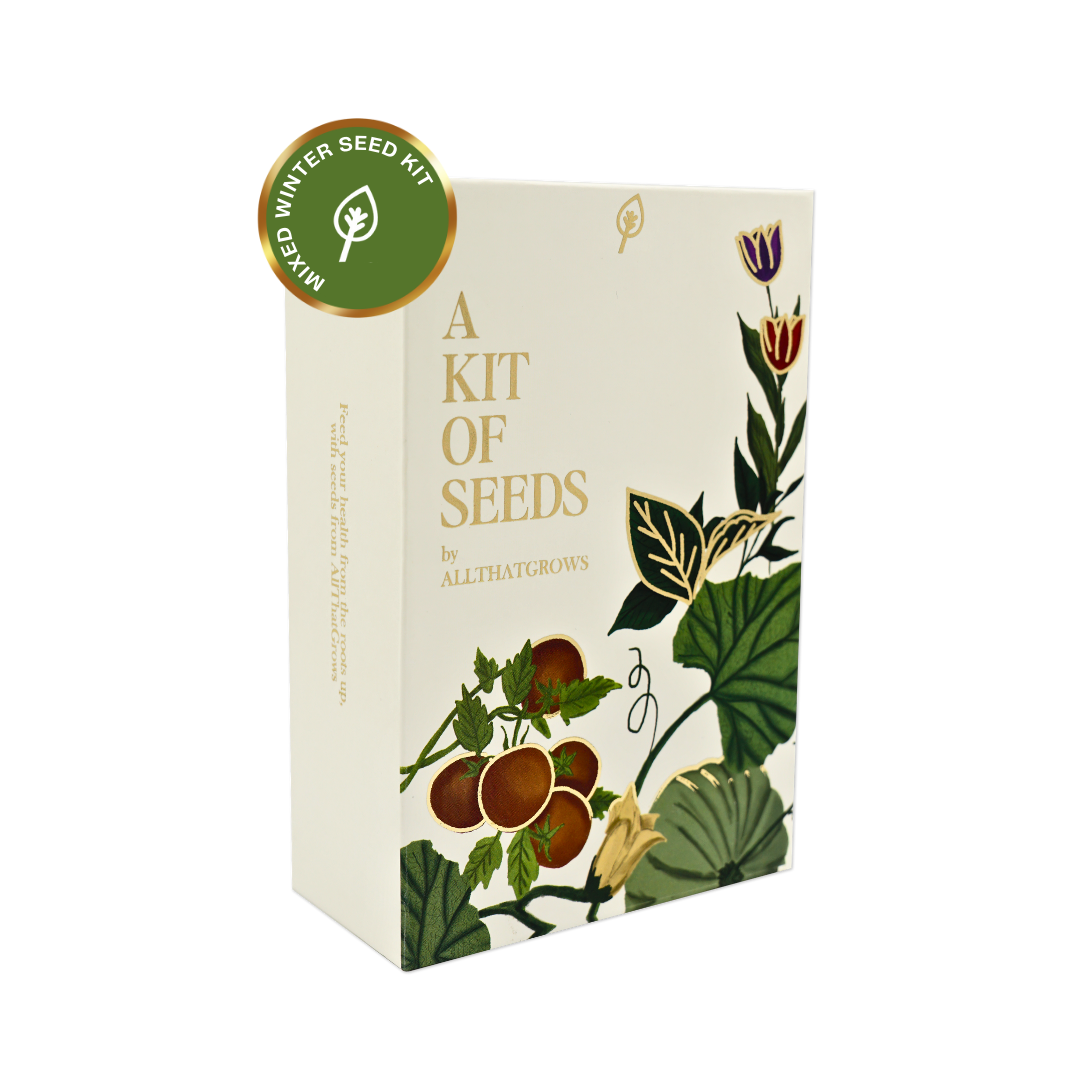


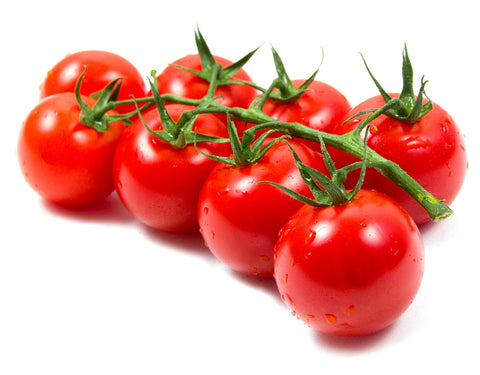
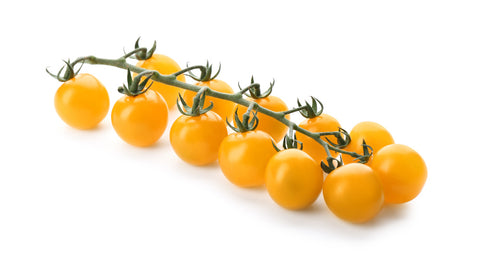
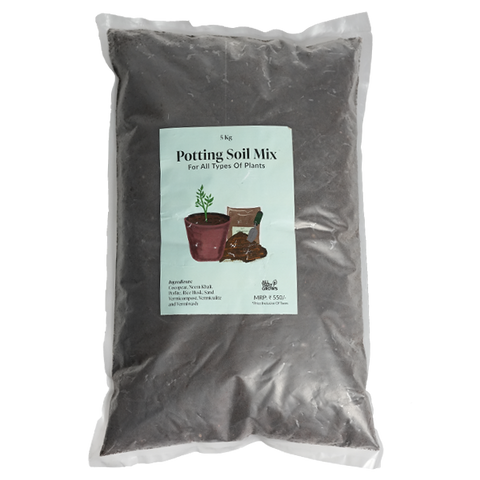
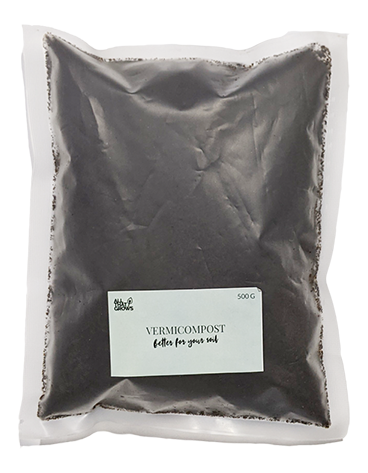
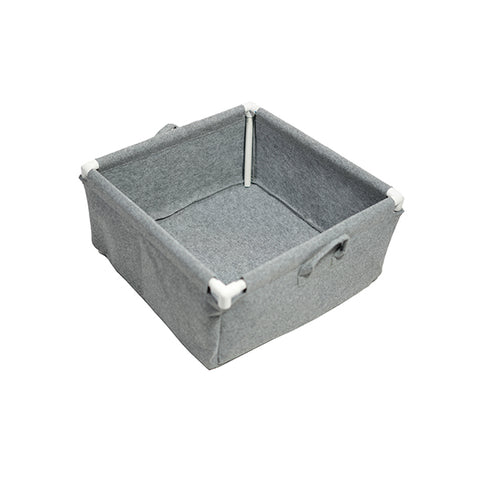
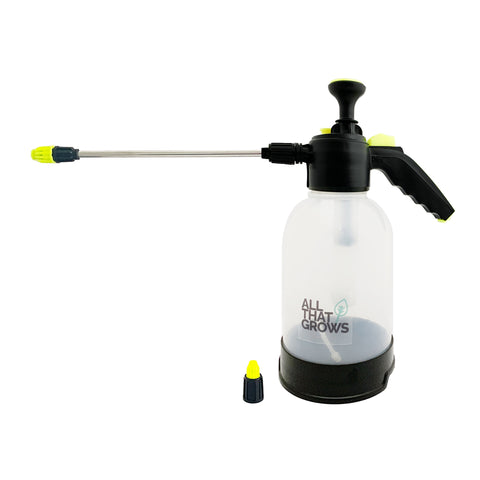
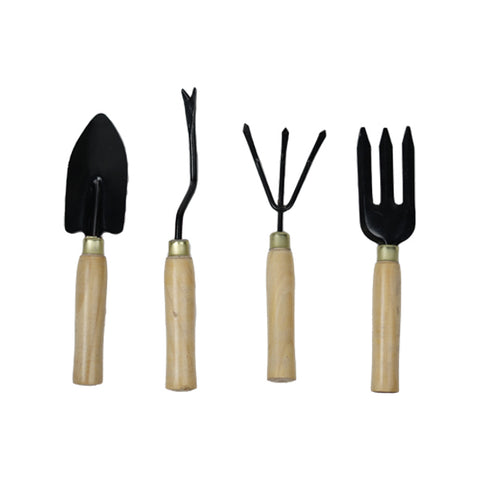
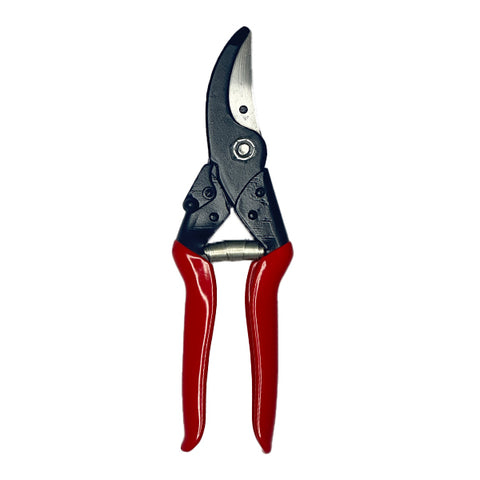
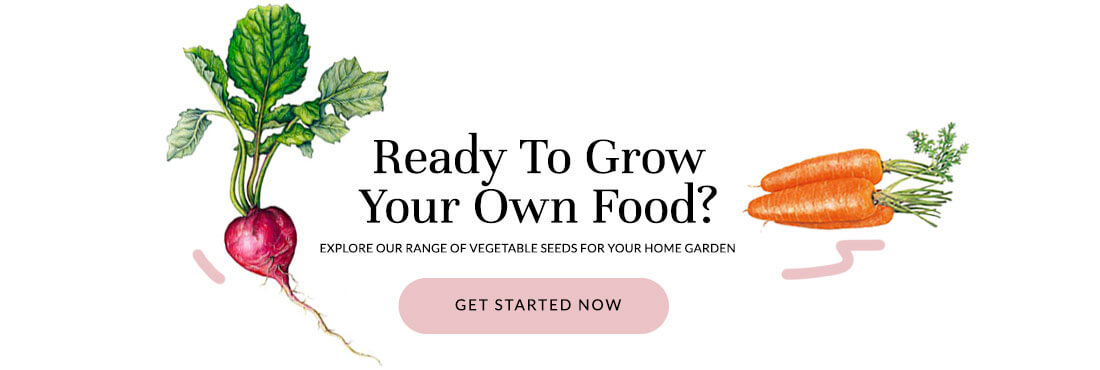

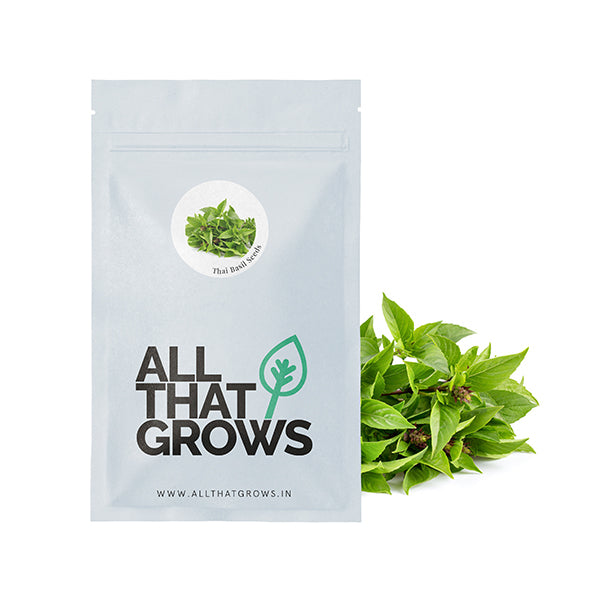
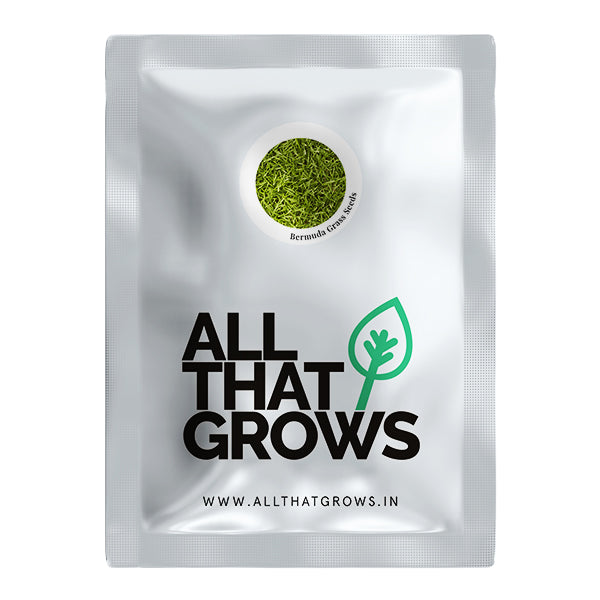
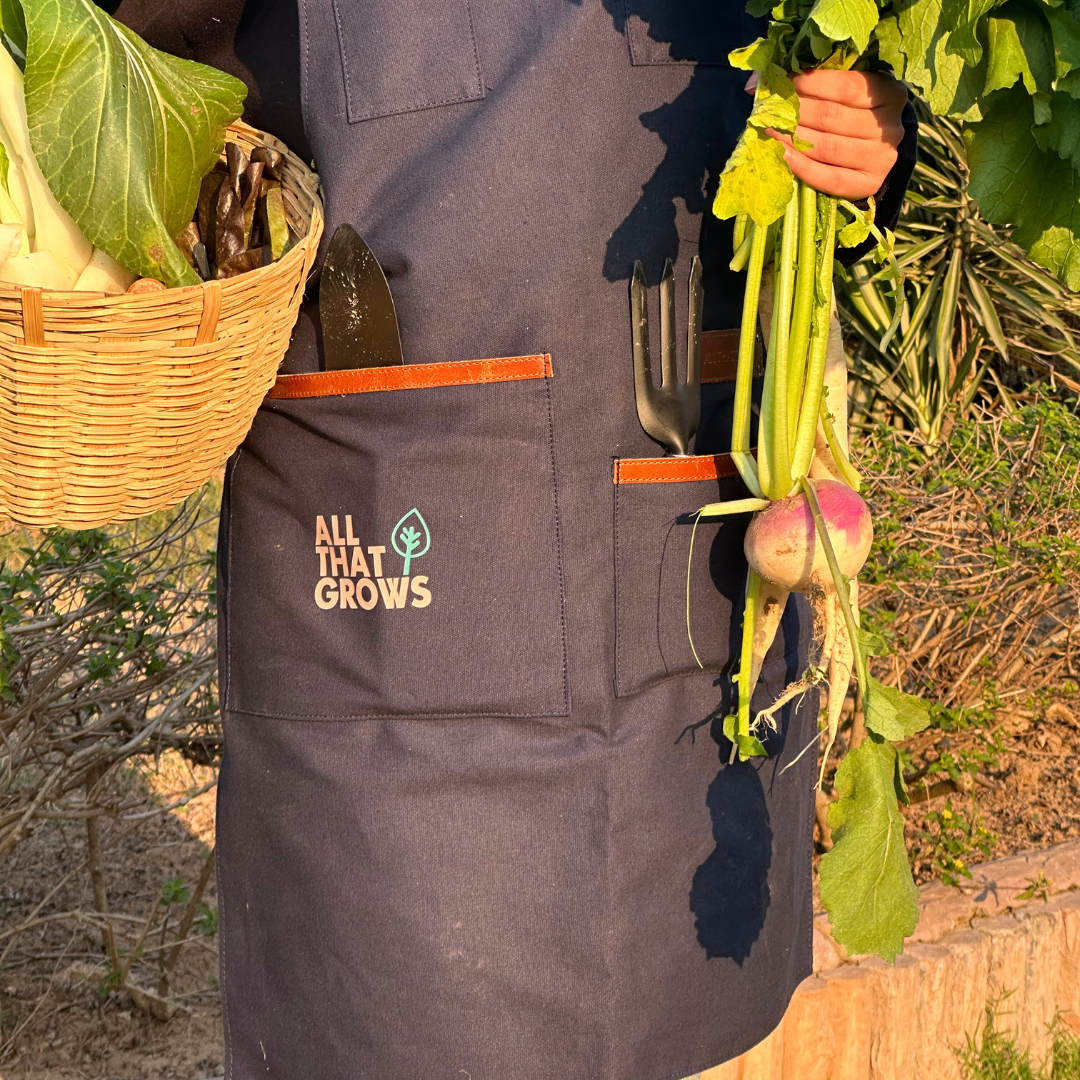

Leave a comment